Rail transport in Tanzania
Rail transport in Tanzania is conducted by two companies (Tanzania Railways Corporation and TAZARA). It has historically used narrow gauge trackage, but planning and construction of new standard gauge lines is underway as of 2017.
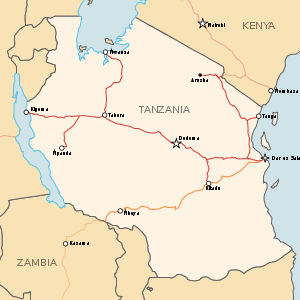
1,000 mm (3 ft 3 3⁄8 in) gauge, 1,067 mm (3 ft 6 in) gauge
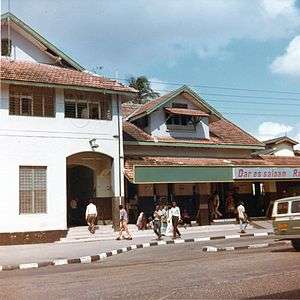
Railway links with adjacent countries
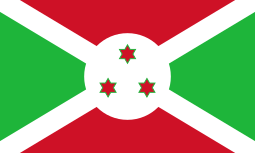
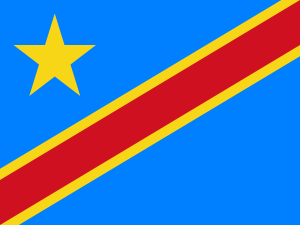
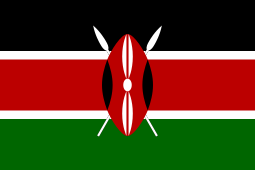
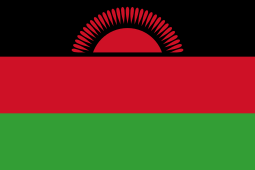
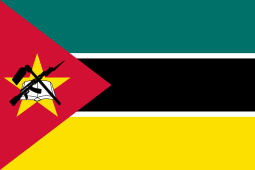
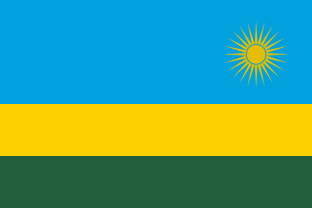
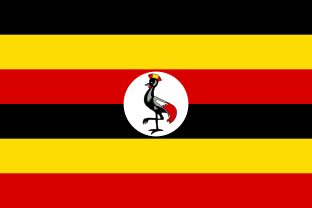
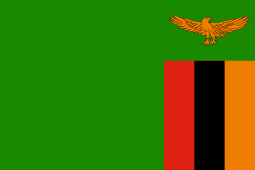
The central line between Kigoma and Dar es Salaam carries international freight and passengers in transit from Burundi, DR Congo and Rwanda to the Indian Ocean, and the branch from Tabora to Mwanza carries freight and passengers between Uganda and the Indian Ocean.
Standard gauge development
On 31 March 2015 the Tanzanian government announced it would use $14.2 billion of commercial loans to build new rail infrastructure across the country before 2021, and make the country a regional transport hub.[2] In June, China Railway Materials was awarded a $7.6 billion contract, primarily funded by commercial financing, to build new standard gauge lines connecting Dar es Salaam with Burundi and Rwanda. A separate $1.4 billion contract was awarded to China Railway Engineering Corporation to build a line between mines near Ludewa and the port of Mtwara.[3] Both Chinese contracts were terminated by President John Magufuli when he took office in November 2015.[4]
In February 2017, construction companies Yapı Merkezi and Mota-Engil were jointly awarded a contract to build 207 kilometres (129 mi) of track between Dar es Salaam and Morogoro, and a 400-kilometre (250 mi) line connecting Isaka with Burundi and Rwanda.[4] Construction of the Dar es Salaam–Morogoro line began in April, with service expected to begin in 2019.[5] The new line is designed to allow passenger services to travel at up to 160 km/h (100 mph) and freight services at up to 120 km/h (75 mph).[5] Tanzania plans to extend the line to Dodoma, and later to Kigoma and Mwanza, contingent on obtaining financing.[5]
Maps
See also
References
Notes
- Railways Africa - STANDARD GAUGE FOR RWANDA
- African Markets - Factors to watch on March 31, Reuters, https://www.reuters.com/article/2015/03/31/africa-factors-idUSL6N0WX0EG20150331
- "Tanzanian standard gauge contracts announced". Railway Gazette International. 7 June 2015. Retrieved 21 April 2017.
- "Tanzania signs new line contract". Railway Gazette International. 3 February 2017. Retrieved 21 April 2017.
- "President launches construction of Tanzanian standard gauge line". Railway Gazette International. 20 April 2017. Retrieved 21 April 2017.
Further reading
- Robinson, Neil (2009). World Rail Atlas and Historical Summary. Volume 7: North, East and Central Africa. Barnsley, UK: World Rail Atlas Ltd. ISBN 978-954-92184-3-5.